SOURCE: RAUNAK KUNDE / NEWS BEAT / IDRW.ORG
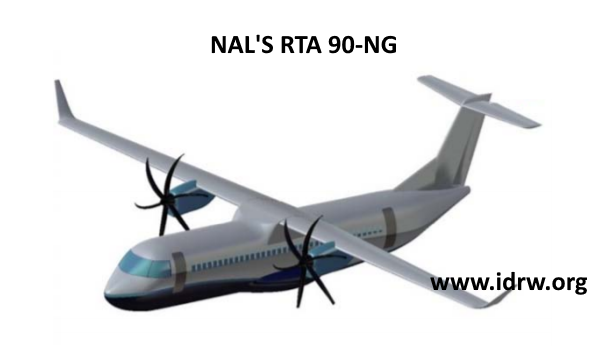
The Council of Scientific and Industrial Research’s National Aerospace Laboratories has proposed the Regional Transport Aircraft (RTA), a 90-seat Twin-turboprop aircraft. Currently in the project definition phase, the RTA awaits grants for full-scale engineering development to be cleared by the Indian government. Efforts are underway to involve the Indian Air Force, Indian Navy, and Alliance Air, which functions as an independent business unit under the central government, in the program.
Dr Abhay A. Pashilkar, Director of CSIR-National Aerospace Laboratories, recently stated that the clean sheet design and development of the country’s first regional aircraft would require up to $2 billion in funding. The project will be executed under a Special Purpose Vehicle to ensure efficient execution.
Continue readingSOURCE: RAUNAK KUNDE / NEWS BEAT / IDRW.ORG
Last year, idrw.org confirmed that Defence Research and Development Organisation (DRDO) has commenced work on the development of Nag Mk II anti-tank guided missile (ATGM) to be integrated into Main Battle Tanks in a Twin launcher configuration with each launcher holding one missile.
idrw.org has learned that DRDO has started fabrication of the Nag Mk II and developmental trials might be carried out later this year or early 2024.
Continue readingSOURCE: RAUNAK KUNDE / NEWS BEAT / IDRW.ORG

The Indian Air Force (IAF) has admitted that the delivery of spares from Russia has experienced a slowdown in recent months, and the situation is expected to worsen later this year due to Russia’s indication of further delays in supplying spares for Russian fighter jets such as Sukhoi 30MKI and MiG-29, transport planes IL-76 and AN-32, as well as Mi-17 helicopters.
During the Air Force Commanders’ Conference (AFCC) held at Air Headquarters, Air Chief Marshal Vivek Ram Chaudhari urged IAF commanders to develop a well-defined strategy for maintaining their fleet and to take measures to promote indigenization at the same time.
Continue readingSOURCE: RAUNAK KUNDE / NEWS BEAT / IDRW.ORG
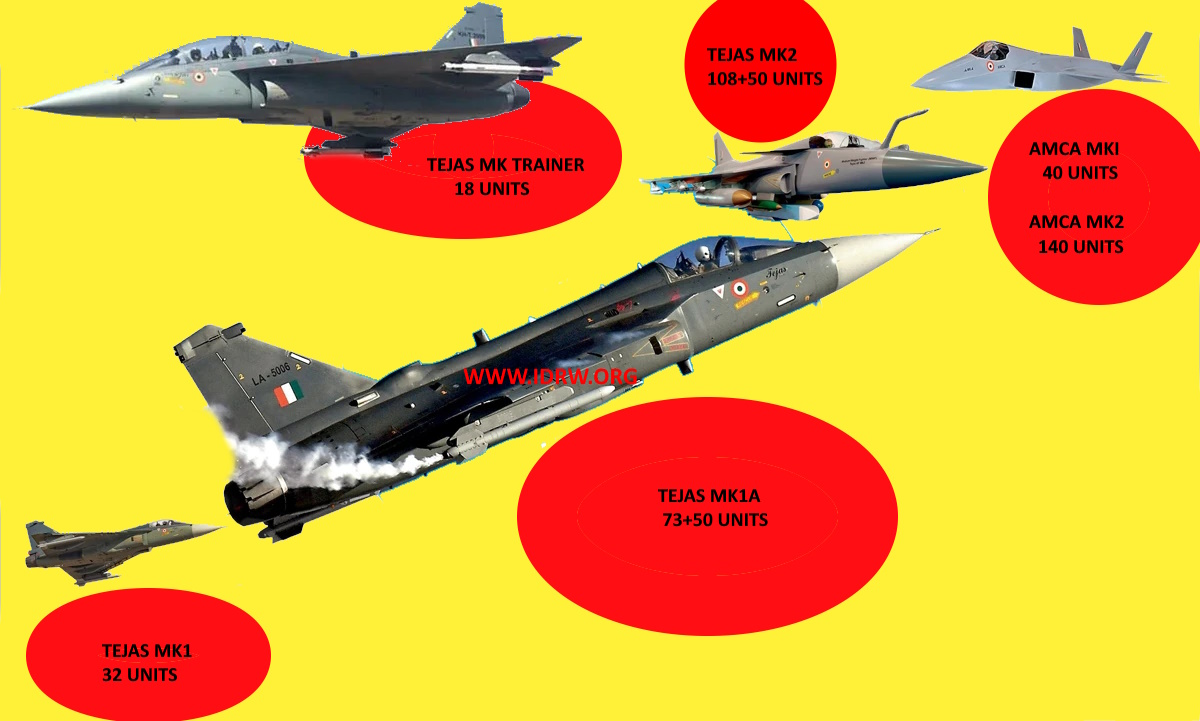
According to a report presented in Parliament last month, an Indian Air Force (IAF) representative stated that the IAF intends to fully support the development of indigenous fighter jets. The Tejas Mk1 program has allowed India to catch up with the rest of the world in terms of 4.5Gen technology, and the IAF is confident that India will be among the few countries relying on its indigenous fighter jets to replace its current combat fleet.
The IAF plans to induct 73 Tejas Mk1A fighter jets in the first phase, followed by approximately 108 Tejas MkII and 140 AMCA fighter jets by 2040. Likely, follow-up orders for 50 Tejas Mk1A and another 50 Tejas MkII will bring these figures to the 50% mark by early 2040.
Continue readingSOURCE: RAUNAK KUNDE / NEWS BEAT / IDRW.ORG
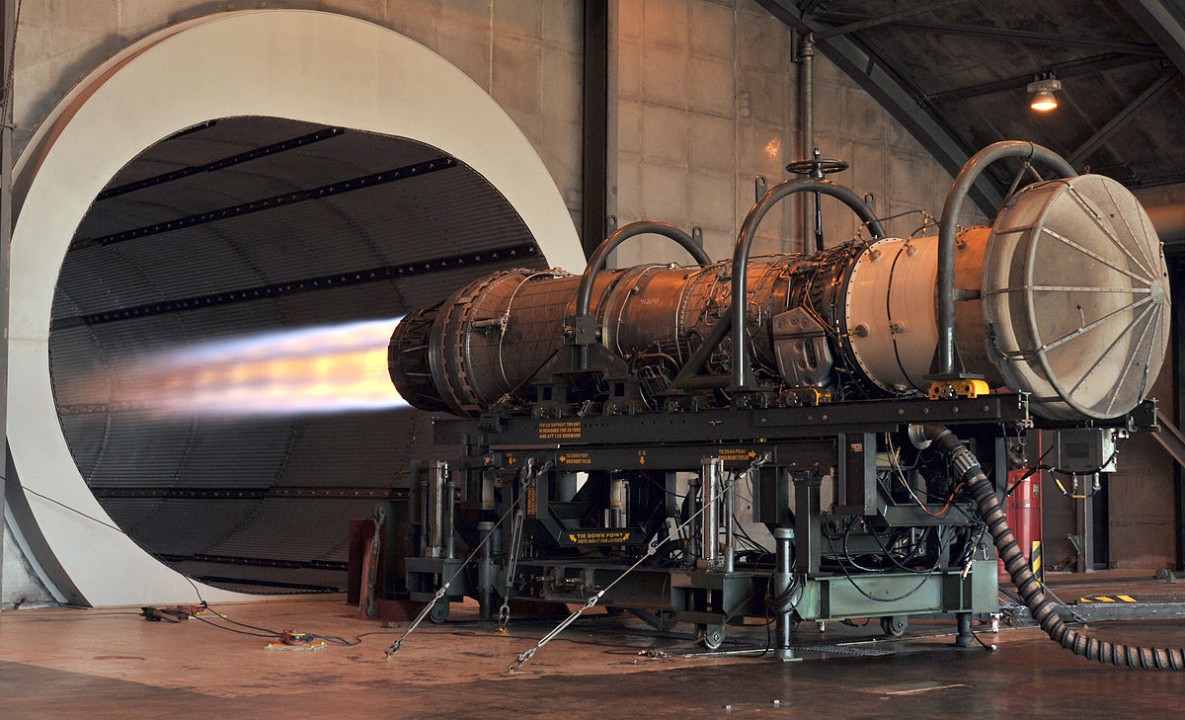
REPRESENTATIONAL IMAGE
The Chief of Defence Staff for the UK, Admiral Sir Tony Radakin, who recently visited India, announced that the proposal for joint development of a jet engine with India has received the highest clearance from the authorities. The program will grant India not only intellectual property rights for the product but also factor in export clearance so that it can be sold without requiring permission from the UK.
In what appears to be a criticism of the US administration’s export control laws aimed at protecting national security, which often restricts the export of systems developed or funded by the US government or multinationals, Radakin reminded India that such export clearance is difficult to obtain from others.
Continue readingSOURCE: RAUNAK KUNDE / NEWS BEAT / IDRW.ORG

Later this year, the Indian Air Force (IAF) plans to approach the Ministry of Defence (MoS) for an Acceptance of Necessity (AoN), which typically marks the beginning of the procurement process, by setting aside budgetary outlays.
The IAF issued a Request for Information (RFI) for 114 MRFA tenders in 2019, but there has been little progress made since then. According to sources, once the Request for Proposal (RFP) is issued, the IAF aims to conclude a deal within three years of a technical round.
Continue readingSOURCE: RAUNAK KUNDE / NEWS BEAT / IDRW.ORG
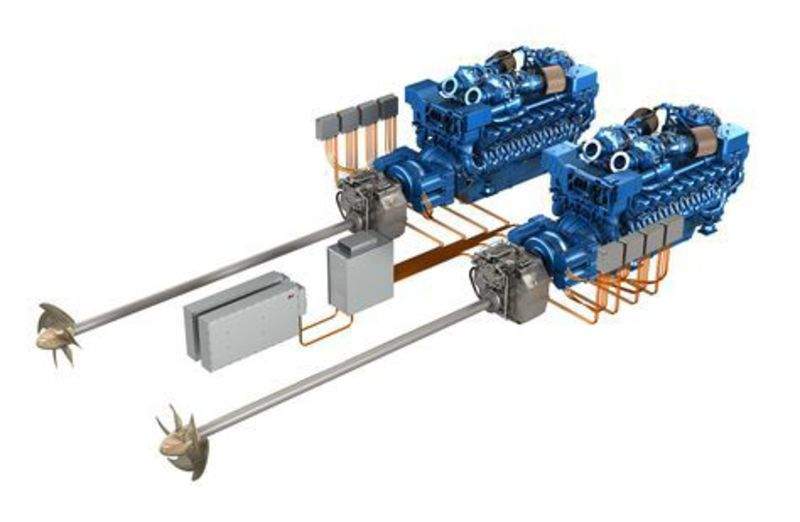
UK’s Chief of Defence Staff Admiral Sir Tony Radakin who was in India has talked with his Indian counterpart and other Chiefs of head regarding a wide range of military cooperation’s between the two countries and niche areas like Integrated electric propulsion (IEP) for Indian Naval future frontline warships.
The United Kingdom has designed an Integrated Electric Propulsion (IEP) system for its Queen Elizabeth Class aircraft carriers and is proposing a collaborative effort with India to develop a localized version of the technology. IEP is a modification of the traditional combined diesel-electric and gas propulsion system used in ships. It replaces mechanical transmission with the electrical transmission, enabling a series hybrid electric propulsion system that eliminates the need for clutches and reduces or eliminates the need for gearboxes.
Continue readingSOURCE: RAUNAK KUNDE / NEWS BEAT / IDRW.ORG
This year, the Advanced Short Range Air-to-Air Missile (ASRAAM) will undergo captive trials on the LSP Tejas Mk1 aircraft, with live trials planned for later in the year. Last year, Boris Solomiac, MBDA General Delegate India, confirmed that the Tejas Mk1A fleet would receive close combat missiles, and the company is collaborating with an Indian agency to integrate the missile system.
To support the Indian Air Force, MBDA has partnered with Bharat Dynamics Ltd to perform final assembly, integration, and testing (FAIT) of ASRAAM missiles in India. The integration of both ASRAAM and Python-5 missiles onto the Tejas Mk1A and Mk2 will significantly enhance the combat capabilities of the jet, as both missiles are widely regarded as among the best short-range air-to-air missiles in the world.
Continue readingSOURCE: RAUNAK KUNDE / NEWS BEAT / IDRW.ORG
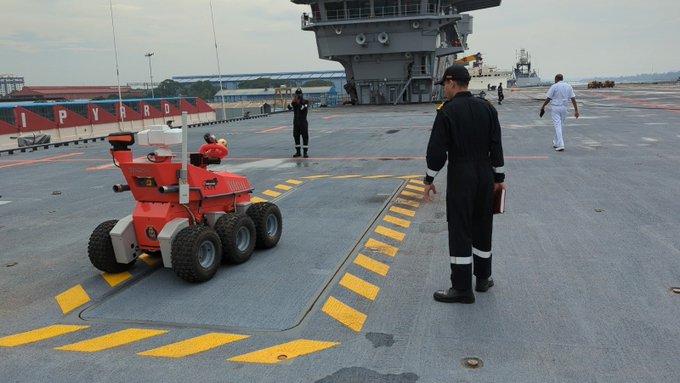
Swadeshi Empresa Pvt. Ltd, a local firm, has received orders worth INR 225.6 Crore for 50 firefighting robots from the Indian Navy. The orders came after the successful completion of onboard trials from INS Vikrant, the Indian Navy’s aircraft carrier.
Designed with a specific set of tasks in mind, robotic firefighting systems are used for analyzing and locating fires, conducting search and rescue operations, monitoring hazardous variables, and primarily controlling and suppressing fires.
Continue readingSOURCE: RAUNAK KUNDE / NEWS BEAT / IDRW.ORG

The Indian Navy is currently considering its options regarding the LCA-Navy program, but it is contemplating the acquisition of a squadron of LCA-Navy Trainer aircraft for pilot training purposes on aircraft carriers.
A recent report by Livefist has corroborated idrw.org’s earlier claim that the Navy is considering establishing Training Squadrons, which would necessitate changes to its current training program. Additionally, the Navy is contemplating the acquisition of 12-15 LCA-Navy Trainer aircraft for hands-on pilot training on board aircraft carriers.
Continue readingSOURCE: RAUNAK KUNDE / NEWS BEAT / IDRW.ORG

Indian companies in the public and private space sectors are currently investigating the possibility of collaborating to create a new generation of low Earth orbit (LEO) satellites. These satellites will consist of swarms of smaller satellites capable of communicating with one another, collecting a variety of data such as visual, radar, and radio frequency (RF) information.
The satellites will be primarily focused on border areas and will utilize machine learning algorithms to identify high-value observation targets. Additionally, the swarm satellites will coordinate their attitude and timing to obtain various viewpoints of the same target.
Continue readingSOURCE: RAUNAK KUNDE / NEWS BEAT / IDRW.ORG

India’s state-owned Defence Research and Development Organisation (DRDO) received orders for over 120 units of the ‘Pralay’ quasi-ballistic surface-to-surface missile last year, with an additional 250 units this year. The DRDO is now developing an extended-range variant of the missile capable of striking targets up to 700-800 km away, with a payload of approximately 1 tonne.
The Pralay missile is designed to be a rapid-response system, intended for deep strikes inside enemy territory. It is a solid-fueled missile with a range of around 400-500 km and is known to have the ability to change its path mid-air after covering a certain distance. The missile’s quasi-ballistic flight profile and the ability to defeat interceptor missiles make it challenging to track.
Continue readingSOURCE: RAUNAK KUNDE / NEWS BEAT / IDRW.ORG

India has strategic plans to develop its advanced 5th generation fighter jet, the Advanced Medium Combat Aircraft (AMCA), through a Special Purpose Vehicle (SPV). In this development initiative, private players will hold a majority stake, while government-owned companies such as Hindustan Aeronautics Limited (HAL) will have a minority stake. This approach aims to leverage the expertise and resources of private companies while also ensuring government participation in the program.
idrw.org has learned that several prospective partners who could potentially join the AMCA program are concerned about the profit margins, which are projected to be significantly below the industrial average of 10.02 to 10.9%. This is attributed to the lower unit numbers committed by the Indian Air Force (IAF), which could result in higher unit costs, potentially impacting the profitability of the venture for the private partners.
Continue readingSOURCE: RAUNAK KUNDE / NEWS BEAT / IDRW.ORG

Following a successful milestone in securing its initial foreign deal last year, which involved the sale of BrahMos shore-based anti-ship missiles to the Philippines for a total value of $375 million, BrahMos is poised for further export orders soon as talks with Indonesia has entered the final phase with price negotiation nearly over, only pending approvals from Ministry of Defense of the Republic of Indonesia.
As per information obtained by idrw.org, it has been revealed that the BrahMos deal with Indonesia is expected to reach its conclusion later this year, pending the necessary approvals from the Indonesian authorities for the purchase of BrahMos shore-based anti-ship missiles.
Continue readingSOURCE: RAUNAK KUNDE / NEWS BEAT / IDRW.ORG

India has issued Notices to Airmen (NOTAM) for a launch of a missile around the Andaman & Nicobar Islands, in the Bay Of Bengal for the period from 24-29 & 26-28 April 2023 as per information provided by Twitter user Damien Symon@detresfa_.
The designated area for the NOTAM is just 750km in length which indicates it might be a test of a Ballistic missile either of Agni-I or of Pralay Surface to Surface Missiles.
Continue reading